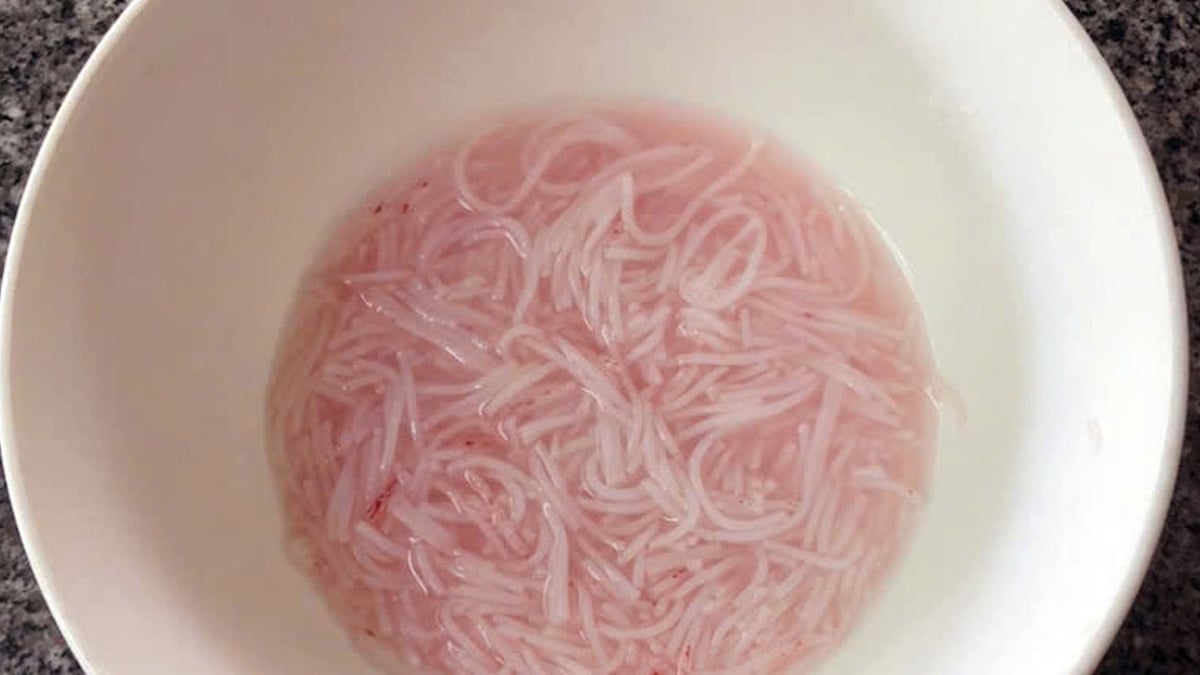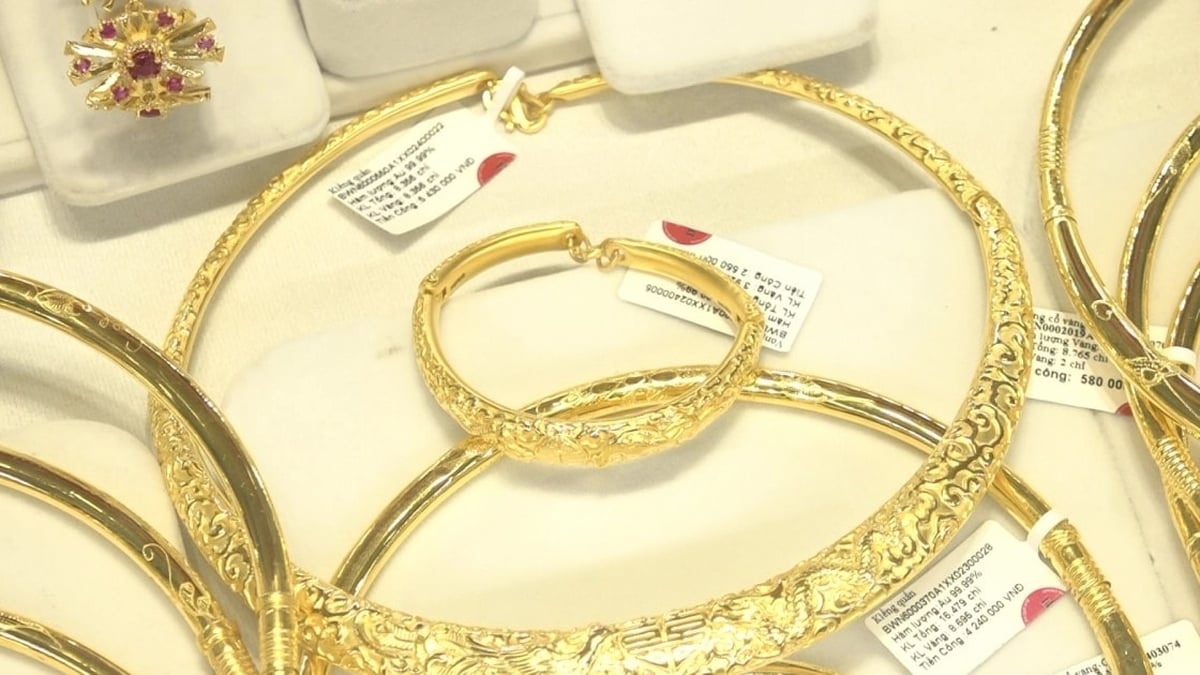Scientists from the Leibniz Institute for Zoo and Wildlife Research (Leibniz-IZW) in collaboration with Prince of Songkla University, Thailand, have demonstrated that the Wrinkle-lipped free-tailed bat not only travels great distances but also hunts at altitudes of up to 1,600 metres above ground, an altitude at which many brown planthoppers fly.
Conventional pest control methods such as insecticides are ineffective at these altitudes. By limiting the spread of high-flying brown planthoppers, the wrinkled-lipped free-tailed bat makes an important contribution to pest control and thus food security in South and East Asia.
The results of the study published in the scientific journal "Oecologia" emphasize the importance and value of protecting this bat species.
This is a tropical bat species, common in Southeast Asia, and roosts in large caves in colonies of hundreds of thousands to millions of individuals. Previous studies have shown that the Free-tailed Bat (Mops plicatus) feeds on aphids, including the brown planthopper ( Nilaparvata lugens ) and the white-backed planthopper ( Sogatella furcifera ). When aphids appear in large numbers, they migrate to high altitudes to invade rice fields in other regions and breed there. The team's study period coincided with the annual mass emergence of aphids in Thailand.
Scientists captured several adult wrinkled-lipped free-tailed bats in a cave in Lopburi Province, central Thailand, using mist nets and hand nets and attached a miniature 0.95-gram GPS device to each animal’s back. The GPS devices were programmed to record spatial position in all three dimensions at 10-minute intervals throughout the night. After a few days, the miniature devices fell off and were collected by the scientists.
Scientists stress the urgent need to conserve and protect the bats’ natural habitats, roosts, and resting places. Despite millions of individuals, fewer than a dozen caves are known to be inhabited year-round. Protecting these caves from disturbances such as tourism is vital for both local farmers in central Thailand and those in remote agricultural regions of China, Korea, and Japan.
Source: https://www.mard.gov.vn/Pages/doi-co-vai-tro-lon-giup-ngan-ngua-sau-benh-hai-lua-o-dong-nam-a.aspx




































































































Comment (0)